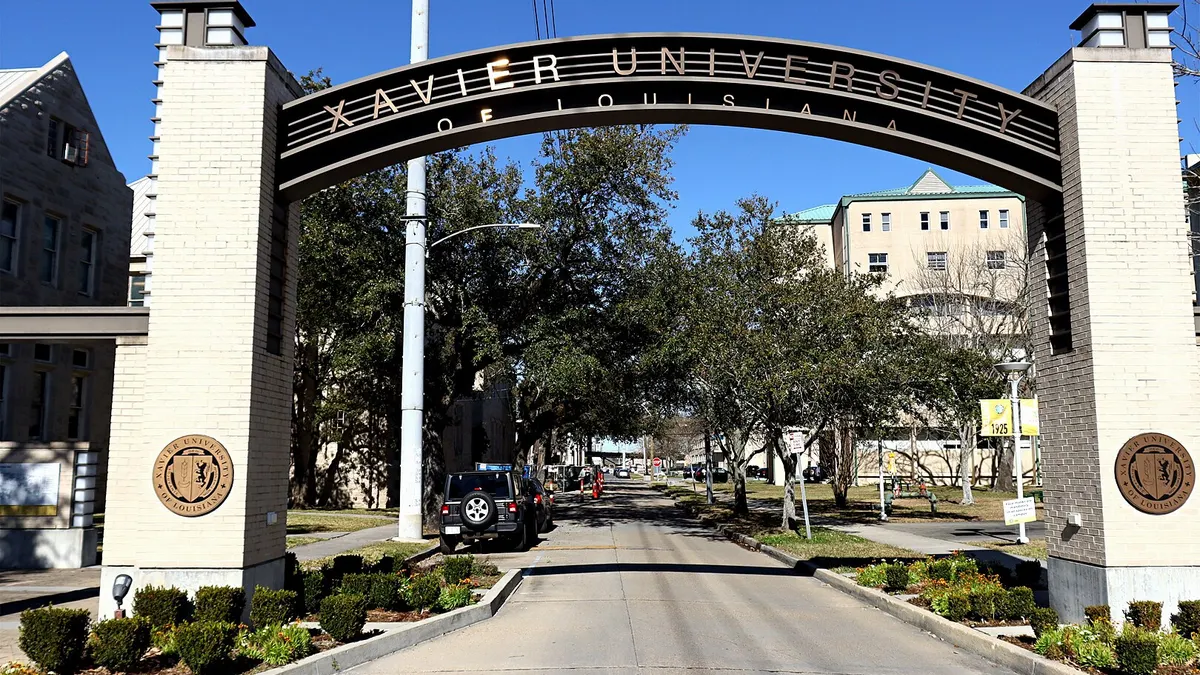As students return to campus this fall, higher ed leaders face a triple challenge: stretching shrinking budgets, satisfying evolving student expectations and demonstrating the institutional values that increasingly sway enrollment decisions.
Today’s students don’t just choose schools based on rankings and programs—they’re also seeking institutions whose values mirror their own, along with consumer-centric experiences that match the ease, speed and convenience they enjoy from their favorite retail and media platforms. This shift has put procurement in the spotlight: According to McKinsey researchers, procurement teams are uniquely positioned to influence the perceptions and experiences determining whether students thrive and return.
Think of procurement as the invisible architect of campus culture and student experience. Every contract signed, every vendor selected and every service implemented sends a signal about what the institution values and influences whether students encounter the seamless convenience they expect from everything else in their lives.
Three areas, in particular, offer opportunities for procurement teams to evolve from cost-cutters to experience-shapers: (1) aligning purchasing with the values students care about, (2) creating modern and comfortable learning environments and (3) ensuring equitable technology access that removes barriers to academic success.
1. Turning values into purchasing decisions
Increasingly, procurement leaders prioritize responsible purchasing, aligning their spending with institutional values such as diversity, sustainability and local economic support. This alignment matters deeply to students: 61% of students surveyed by The Princeton Review say a college’s commitment to the environment affects their decision to apply or attend. Gen Z, in particular, actively seeks to support small, local and minority-owned businesses, Adobe reports. For procurement leaders, it’s an opportunity to align purchasing with values that resonate with students.
But there’s a gap between good intentions and implementation. Research by Northeastern University reveals that 90% of higher education procurement spend concentrates on the top 20% of suppliers, making diversification challenging.
The issue isn’t a lack of commitment—institutions want to do the right thing. NYU researchers found that 81% of surveyed organizations are committed to sustainable procurement yet face persistent challenges: limited resources, difficulty tracking supplier performance and cost concerns. Those challenges align with Northeastern University’s findings, which identify complex procurement processes and difficulty identifying qualified suppliers as leading obstacles.
Procurement leaders at the University of New Mexico aim to align purchasing with the university’s mission to cultivate a more educated, healthy and economically prosperous New Mexico. “We’re looking at ways to collectively help local small businesses and elevate them,” shares Marcos Roybal, associate director of finance and administration. To achieve this goal, the university uses Amazon Business’ Guided Buying feature to designate local, diverse and small businesses as its preferred sellers.
This approach helps remove friction from responsible buying decisions. Rather than manually scouring markets for qualified vendors, buyers can set filters or follow guided prompts to complete vendor selection with a few clicks, making value-aligned purchasing easier.
2. Creating modern, student-centric facilities
Research has long demonstrated that physical spaces impact student engagement and performance. Recent findings by St. Cloud University reinforce this: 87% of students ranked academic facilities as important for their satisfaction and decision to remain enrolled.
Spaces4Learning reports that this year’s trending facility designs in higher education emphasize eco-friendly materials, flexible spaces, collaborative tech integrations and wellness-focused amenities. Flexible spaces—modular environments that can be reconfigured for various activities—are particularly popular with students and correlate with higher satisfaction scores, according to Mapsted.
Procurement teams can amplify their impact on campus facilities by empowering buyers across the organization—whether in facilities, IT or other departments—to access a vast catalog of vetted suppliers. When purchasing is centralized in a unified solution, procurement professionals and department buyers can more easily manage spending, help ensure compliance with their institution’s buying policies and oversee contracts, eliminating “blind spots” where purchasing happens outside institutional oversight.
3. Ensuring technology supports equity and accessibility
Technology access is inescapably tied to academic success. According to EduCause, students at institutions perceived as technology leaders feel more career-ready and confident in the value of their education.
In practical terms, that translates into reliable Wi-Fi, digital course materials, hybrid learning capabilities and tech-rich environments. In 2025, most surveyed students rated their institution’s use of technology as average. IT peripherals like projectors, adaptive keyboards and specialized software also enhance accessibility for students with diverse needs.
Higher ed institutions using Amazon Business can grant department-level purchasing autonomy through a dedicated education storefront while maintaining centralized oversight. This curated solution focuses on higher ed needs and provides business-only pricing, quantity discounts, bulk purchasing options and automated recurring deliveries. It integrates with existing university systems to eliminate purchasing bottlenecks while establishing clear spending guardrails.
From gate-keeping to user-focused procurement
According to IBM research, higher ed procurement teams are evolving from administrative gatekeepers to facilitators of user-centered processes, with online catalogs and purchasing solutions serving as major catalysts for change.
Jamon Hill, associate vice chancellor and chief procurement officer at the University of North Texas System, exemplifies this transformation. By adopting Amazon Business as their central procurement solution, Hill leveraged built-in familiarity with the Amazon interface to simplify purchasing while maintaining oversight. “Everybody knows how Amazon works, so there’s a comfort level with our internal customers to use that tool,” Hill explains. The University of North Texas System joins a growing list of institutions using Amazon Business to streamline campuswide purchasing while enhancing visibility and control.
By rethinking procurement practices with student experiences at the center, procurement teams can magnify their impact as experience architects. A practical first step is to collaborate with other departments to map key student touchpoints and identify sources of friction that can be solved or alleviated with strategic purchasing.
The goal isn’t just operational efficiency or cost control; it’s recognizing that every purchasing decision ripples through the student experience, either driving or derailing satisfaction, engagement and ultimately, institutional success.
▷ Learn how Amazon Business can help accelerate your procurement goals: business.amazon.com/education






